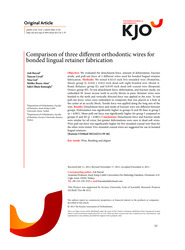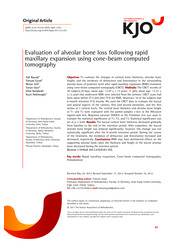Filtreler
Filtreler
Bulunan: 3 Adet 0.000 sn
Kayıt Giriş Tarihi : 09.06.2014 ✕Yayıncı : The Korean Associati ... ✕Koleksiyon : FAKÜLTELER ✕Koleksiyon : FAKÜLTELER ✕Koleksiyon : FAKÜLTELER ✕Tam Metin : var ✕





